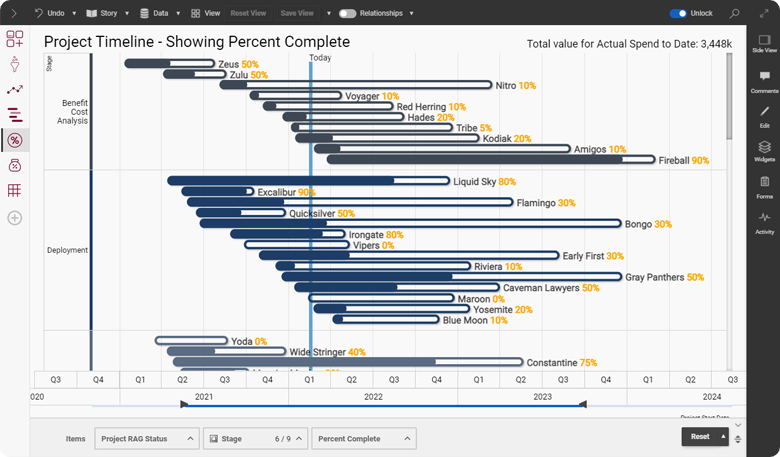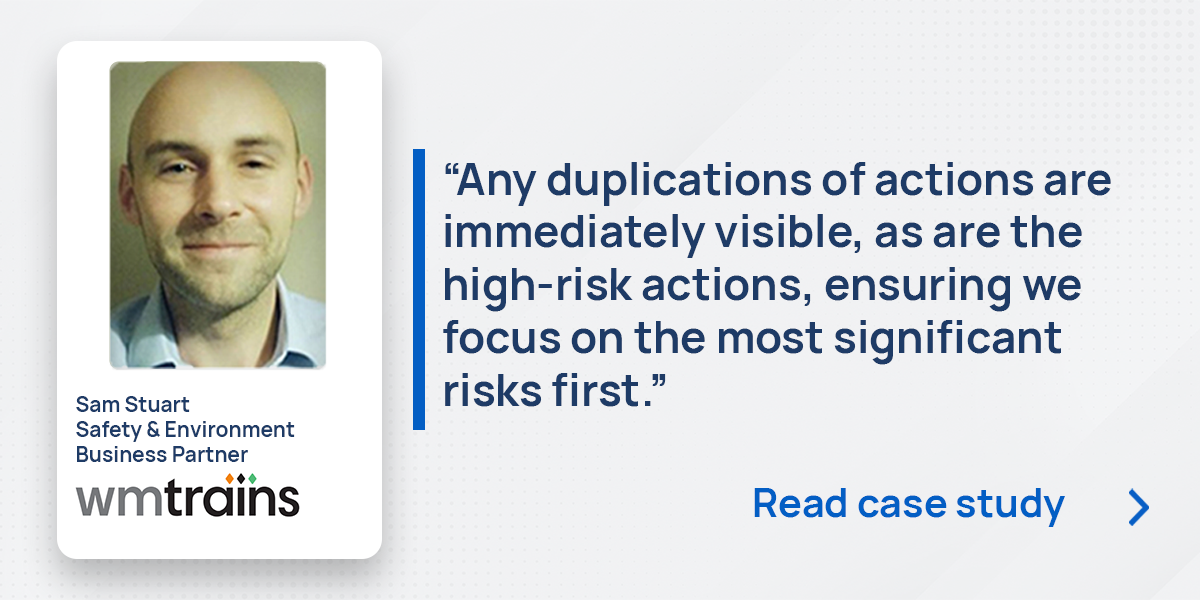Blog post series
Do the right thing - Blog #3
Why do projects fail?
A project becomes a failure when it does not deliver what was required within the agreed-upon budget and time. But there’s a lot that can go wrong between an idea being turned into a project and it delivering the required outcome.
Coca-Cola wasted $4 million in development and another $30 million in back stocked products after releasing New Coke.
The attempt of Coca-Cola to introduce New Coke in 1985 is one of the most popular poor project management examples. Instead of conducting in-depth marketing research, the team administered more than 200,000 taste tests to confirm that the subjects liked the taste of New Coke more than the classic one and Pepsi. As it turned out, consumers hated it and Coca-Cola learned a very important lesson — every project needs proper management.
10 reasons why projects fail
1. Poor alignment to strategy - solving the wrong problem
No one has complete understanding of the problem or the problem itself is often unclear. Or a project with a clearly defined goal is not realistic or doesn’t add any meaningful value. There is misalignment within the organization.
An estimated 37% of projects fail due to unclear project objectives and milestones.
2. Not having the right data or having too much information
The most important decisions on projects have to be made upfront, when little or no reliable information is available. Front-end decision making is hampered by the lack of relevant information or out of date information. Siloed
Too much information can lead to confusion and analysis paralysis. It’s often hard to tell between important and irrelevant information, something that often becomes clearer as the project proceeds.
The right technology can help you to uncover the right information at the right time and take the guesswork out of important decisions.
3. Lack of resource planning
A successful project depends on properly defining in detail the scope, the time frame, and each member’s role. Planning should include human, intellectual, financial, or structural resources. If these are not consistently determined, deadlines can’t be met, which can jeopardize the project’s conclusion.
4. Lack of project visibility
It’s essential that everyone involved in the projects have complete project visibility so that it doesn’t fail – not only the project manager, but other team members too. Visibility includes project transparency of task status, clear communication, and good document management.
5. Communication gaps
PMI (Project Management Institute) says that poor communication leads to project failures one-third of the time.
The tools your team uses to communicate should be explained and implemented from the outset of your project including all stakeholders. Teams that face communication delays, or the lack of it, will experience trust and transparency issues.
6. Change of direction
A very common way projects fail is scope creep – unplanned, uncontrolled, continuous changes in a project’s scope when the project has already started. This is very common when projects are not appropriately documented and defined beforehand and often results in poor employee performance, poor client accountability, longer timelines, and higher project costs.
7. No risk management
Risk management enables project managers to detect and analyze concerns that may arise during the project and hinder its progress. Poor risk management can result in a delay in the project schedule, poor user adoption, late-running projects, overspent budgets, and project failure.
8. Unrealistic expectations
Inaccurate cost and time estimates are often the vague guesses of team members who calculate the expected duration of tasks and the project’s cost based on an average duration of time and cost it took for previous projects.
9. Bad Stakeholder Management
It is the project manager’s job to not only identify all stakeholders but know how to manage and communicate with them in a timely fashion. Stakeholders have diverse, often irreconcilable, views on what needs to be done, let alone how it should be done.
10. Monitoring and tracking
Concise project documentation and upkeep is the coordinated responsibility of the project manager and project leads. Tracking work items as milestones is the best way to know if you are meeting deadlines. Proper monitoring of vital project information allows the project manager to identify where resources are needed to complete a project on time.

There are more reasons including unsupported project culture, the wrong project manager and of course cost. Cost is a major factor in deciding whether or not a project should go-ahead. Unfortunately, this is another front-end decision; one which needs to be made when there isn’t enough information available.
Keeping project management agile
All these decisions involved in a project may have long-term consequences for the organization, so due care needs to be given to alignment of the project concept with the organization’s strategic goals.
The only constant is change: organizations exist in ever-changing environments, so agility is key here and projects need to have the right governance structures in place to help navigate through this turbulence.
Project management waterfall vs agile
Whilst agility helps it can also bring with it some new challenges – especially in delivering projects used to waterfall approaches (a linear system of working that requires the team to complete each project phase before moving on to the next one) e.g. infrastructure and construction. When a project is less prone to budget and frequent plan changes, involves large project teams, and customer intervention is not needed or minimal, Waterfall methodology is the best option to adopt.
Agile methodology was developed as a response to Waterfall’s more rigid structure. As a result, it’s a much more fluid form of project management suitable for complex projects with several interconnected stages, where a change in one stage can affect another. Agile was developed as a flexible method that welcomes incorporating changes of direction even late in the process, as well as accounting for stakeholders’ feedback throughout the process.
Agile project management
With a well-oiled organization structure in place, one can run projects in small agile teams tied to the larger goal of the project initiative. But then a lot depends on the legacy processes and the culture of the company when it comes to being agile.
- Agile techniques virtually eliminate the chances of absolute project failure. Agile means always having a working product which is being built incrementally right from the very first sprint, so that projects do not fail completely.
The challenge of Agile
How can larger organizations and projects be more agile and responsive?
What makes Agile difficult for some companies to grasp is that it’s not a methodology or process that can be easily implemented, it’s a culture that can change the very concept of an enterprise.
The goals that workforces aspire toward, the mindset through which they understand how processes work, the way they collaborate, the values that they share, and the manner in which they communicate all contribute towards an agile culture.
Every organization is unique and, while there are certain basic principles to keep in mind, Agile was never designed to be a one-size-fits-all solution. Creating a habitat in which agility can thrive is essential, but to instil a culture that is both practical and functional, customization is key.
Project management tools for agile
To extract the greatest value from Agile and drive adoption throughout your organization, the acquisition and utilization of agile-friendly software is essential.
The right solution won't just provide a platform where Agile is better understood, it can also foster communication and collaboration, enhance the speed and quality of product development, and ensure that software is customer-focused.
- Utilizing a data-driven visual approach to Agile provides greater opportunity to bring all data and collaborators together in a shared digital space.
- Agile teams are provided with a shared visibility on the status of the project, and with inbuilt visual features, there is more opportunity to share and discuss the project.
- This enables Agile teams to better understand which activities offer the greatest value and respond to market demands much faster to gain competitive advantage.

-1.png?width=1600&height=900&name=MicrosoftTeams-image%20(72)-1.png)

%20(Instagram%20Story)%20(1).svg)
